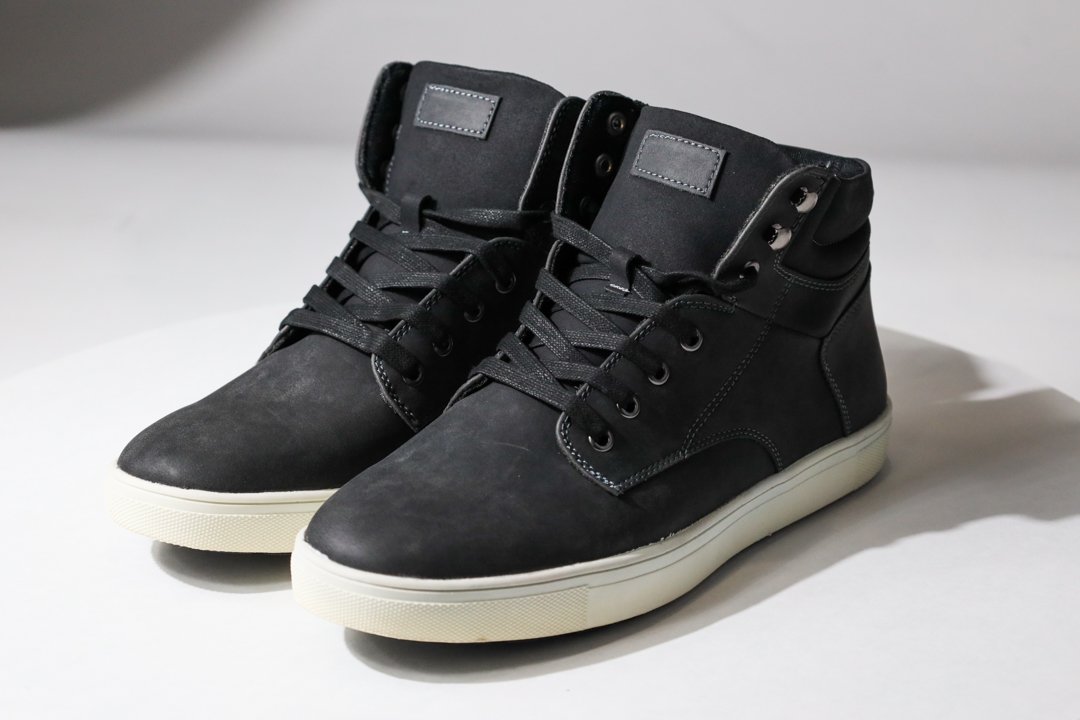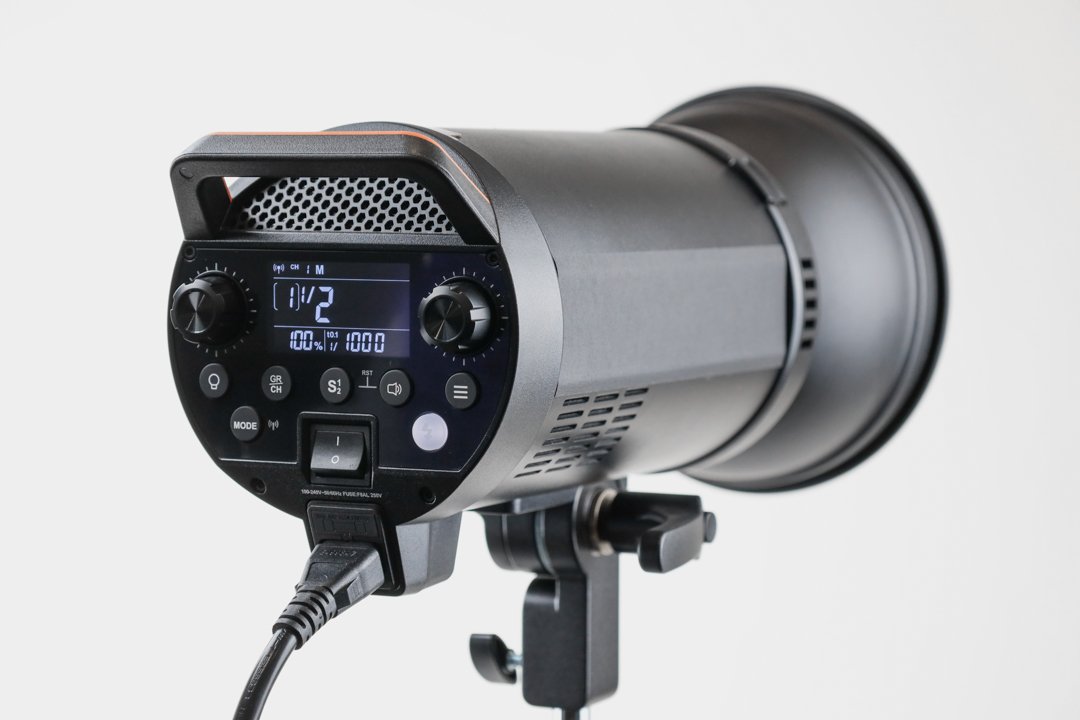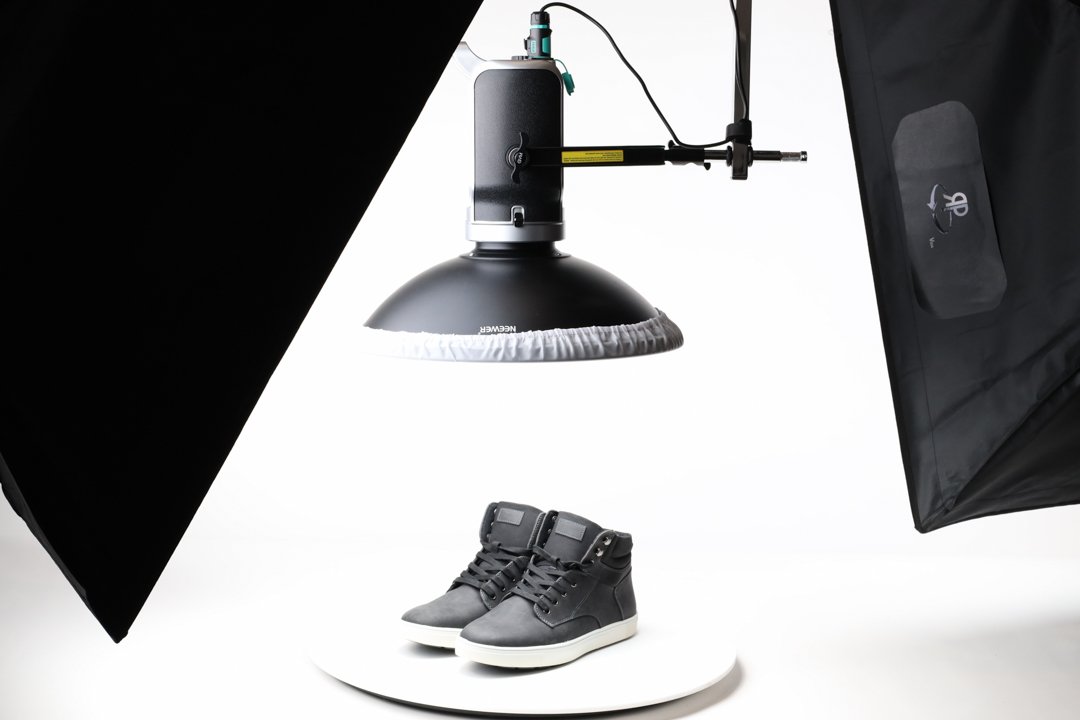Lighting Tips for 360 Turntable Product Photography
LIGHTING FOR 360 TURNTABLE PHOTOGRAPHY
Professional photographers understand that lighting is the most critical element for in-studio work such as turntable photography. The reality of product photography is that people will notice higher quality images even if only on a subconscious level.
Therefore, a stronger and more richly lit image has a higher chance of success with regards to your brand’s own KPIs (conversion, clicks, sales, etc).
Contrary to popular sales pitch, there is no one lighting convention to rule them all. All successful studio lighting for 360 product photography is a balance of the 360 degree photography turntable automation and the human element of correct light placement.
Furthermore, other universal or “all in one” machines actually have no ability to change lighting position or convention (other than light power) resulting in less rich lighting for 360 turntable photography.
This lack of ability to introduce subtlety in lighting is one of the many differences between brands, and even the smallest lighting details matter when it comes to 360 image capture!
TURNTABLE PHOTOGRAPHY LIGHTING STANDARDS
All successful lighting for 360 turntable photography requires a balance between hard and soft light. Hard light’s quality produces strong, well defined shadows. Most hard light setups will have no diffusion over the light source.
This light can help vibrantly illuminate the product and accentuate its details, but it is often too much light for a given product. Soft light’s quality is much more balanced, producing less or no shadows. Most soft light is achieved using diffusers over the light source. Both lights have their place in product photography.
Diffused light is perfect for illuminating the backdrop. It has a more even distribution. We strongly suggest using at least three lights for your 360 turntable photography setup: two for the background and at least one for the subject or product.
Another key thing to remember is to place the light for the subject as close as physically possible to your for the best results!
STROBES vs LEDs for 360 PRODUCT PHOTOS
Here at Revo we use both strobes and LEDs for turntable photography depending on the shoots needs. “Strobe” is another name for flash, while “LEDs” are continuous lights (on until you turn them off).
Both have advantages and disadvantages but can be used to great effect in your studio. Strobes, generally, are more powerful lights. LEDs have greatly improved the speed of 360 turntable photography, as there is no recycle time.
Strobe Light for 360° Product Turntable Photography
PROS: A strobe provides more light coverage for larger objects. Higher power lights (brighter) also give the professional photographer the ability to use higher apertures, providing more depth of field and therefore more detailed images. Even though the light output is high, the power usage is low compared to LED lights.
CONS: One thing to consider, however, is flash recycle times and how they correlate to your 360 spin. If your turntable speed is set at too high a rate, you may begin to experience flash misfires from the flash power not fully recycling. The numerical settings of the lights are often confusing and require more experience to use.
LED Light for Turntable Product Photography
PROS: In our experience, LEDs have greatly improved the speed of 360 turntable photography. Down to 22 seconds for a 36 frame 360 spin. Modern LEDs are small, powerful, and extremely reliable. LED’s are also easy to use and perhaps more intuitive for a beginner.
CONS: Larger objects require more light. This takes bigger lights Bigger lights consume more power. Larger lights are physically more difficult to maneuver. This may lead to needing more lights to light more sizeable objects.
REVO’s 360 TURNTABLE PHOTOGRAPHY SETUP
Here at Revo we use an overhead beauty dish as our key or main light source. The beauty dish works extremely well because this modifier diffuses the center of the light source while having soft, even light spill towards the sides. This illuminates both the product for and the background around it very well for our 360 photography needs.
We deploy two diffused soft lights for the backdrop and another one or two for the subject depending on the product size. The beauty of the Revo Vida system is that all these lights are easy to move, adjust height, or completely swap. See more about the Vida studio system on our website.
LIGHTING THE BACKGROUND FOR 360 PRODUCT PHOTOGRAPHY
As we just covered, we use two diffused lights for the lighting of the backdrop. It’s important to consider two things for backdrop lighting and 360 product photography. Make certain your lights are powerful enough otherwise you might encounter errors when performing backdrop removal in post production.
Also, make sure to set up your lighting at the correct angle: too steep an angle will have the light bounce back into the camera or on the product, while too shallow of an angle can lead to light fall-off and darkening of the backdrop.
Keeping the background as far away from the subject as possible is very important. Set the background at least several feet away from the object you are shooting. This will prevent background light from illuminating the subject.
Separation is key to a good photo in general, but becomes even more important in a 360 product shoot because your subject is spinning. Many of the 360 product spin machines available do not allow adequate subject to background separation due to the rigid nature of the machines.
Make certain to use a nice combination of both hard and soft light, ensure your product is far enough away from the backdrop, and get your lighting dialed in before the shoot. If you have any questions about 360° turntable photography equipment, give us a call on 415.335.9114 or email us, we’d love to hear from you.
Revo Photo:
415.335.9114
info@revophoto.com





